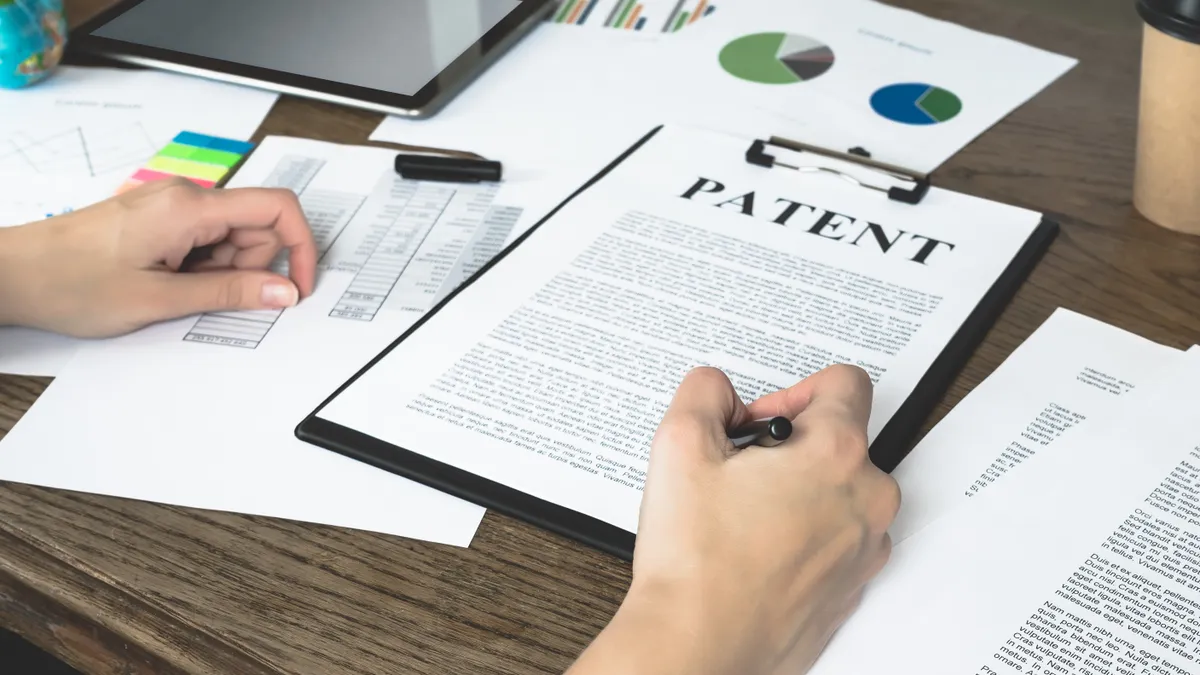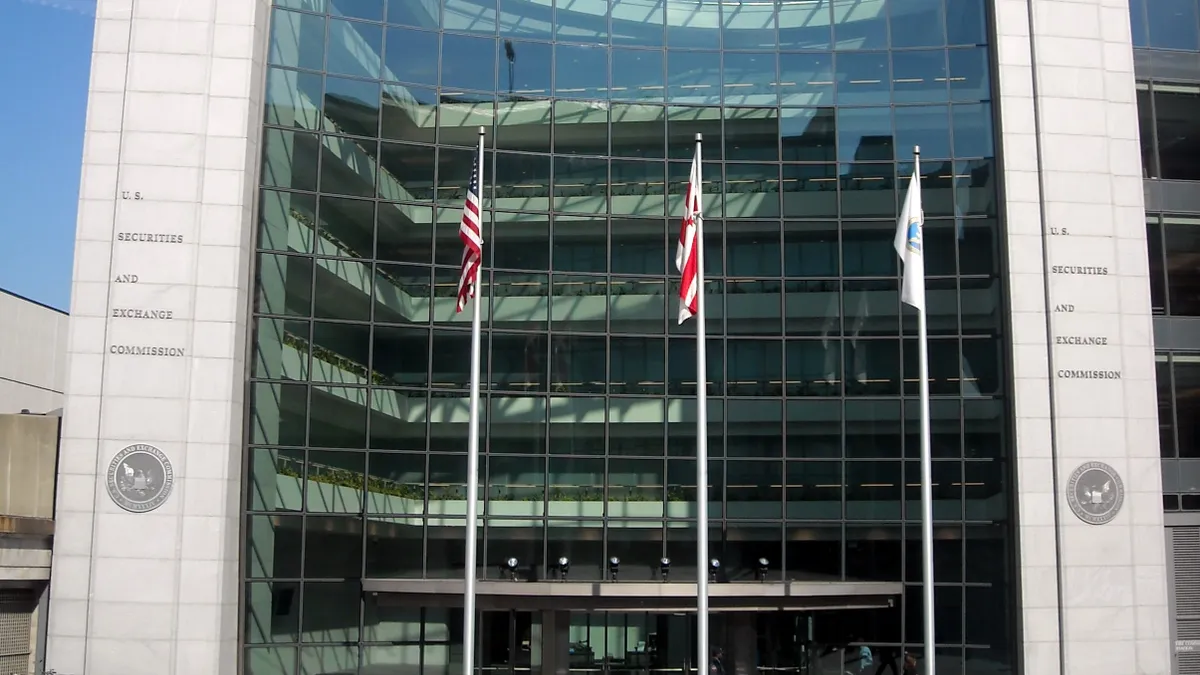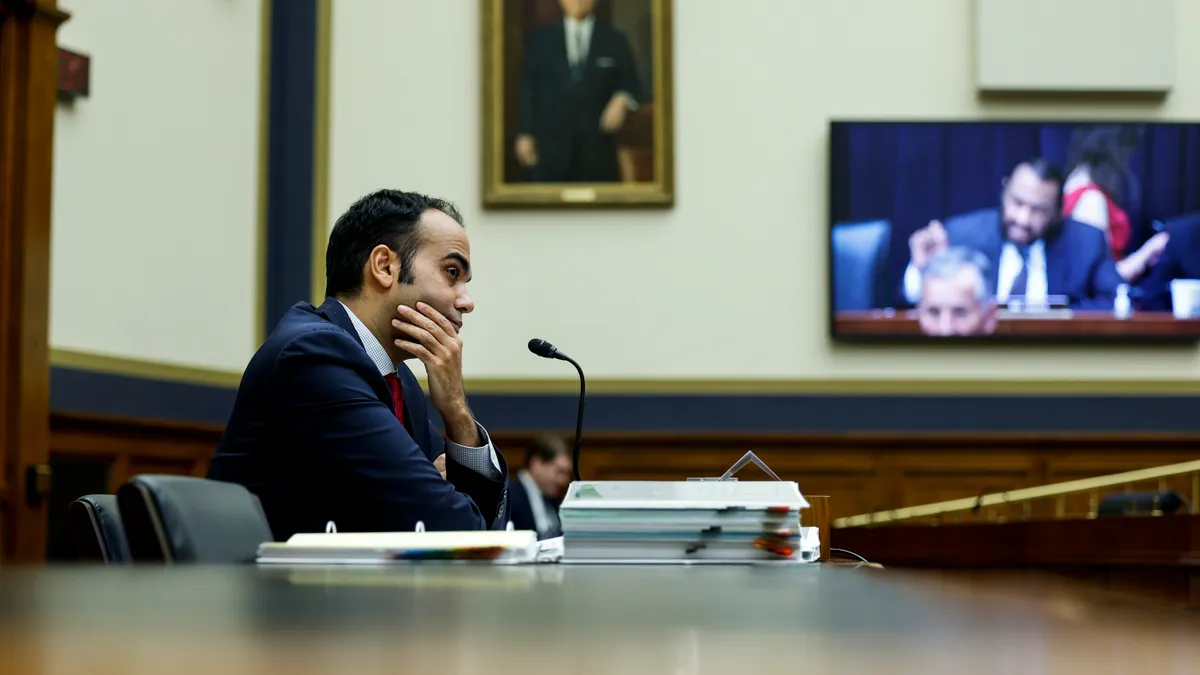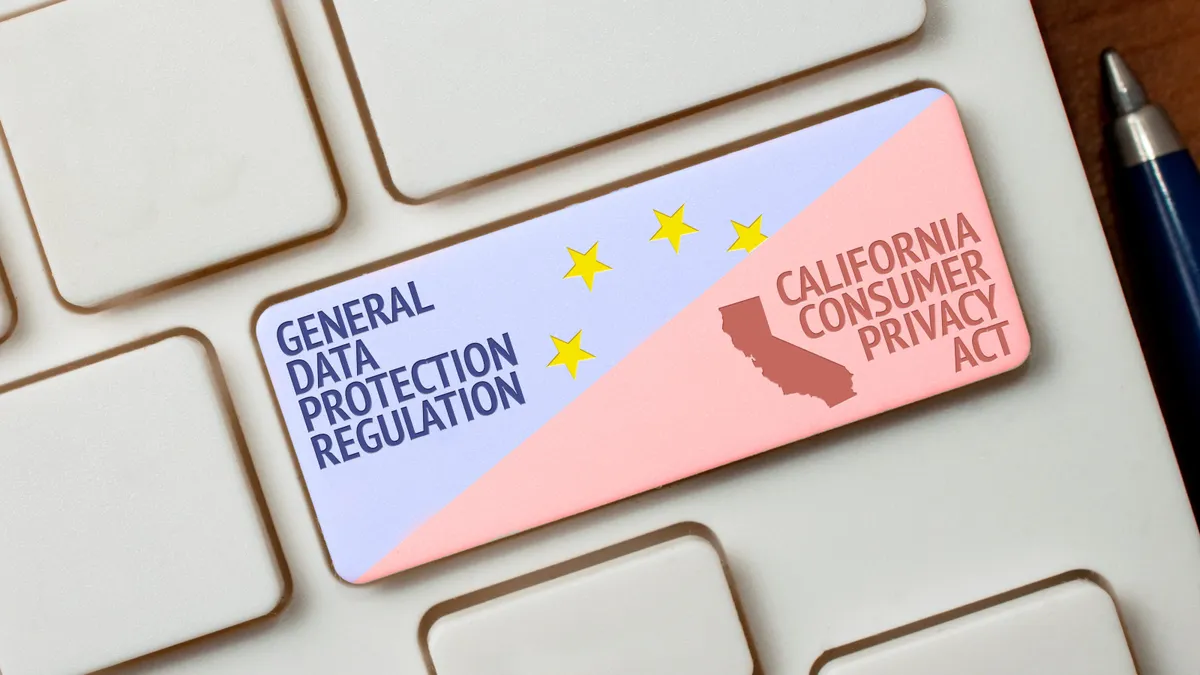In-house counsel whose company relies on intellectual property to fuel its business should consider making a patent disclosure form available to engineers, scientists and others to capture product invention narratives in real time.
“You need to be able to tell your story,” Betsy Flanagan, an attorney with Fish & Richardson, said in a webcast. “A trial [to protect your patent] really is a theatrical place, where you want to convince the fact-finder that, as the patentee, you’ve invented something new and non-obvious and there’s a personal story behind it. You don’t want the fact-finder to be willing to invalidate the inventor’s patent, especially after hearing all of the work they’ve done to come up with their new and novel idea.”
Patent story
Having an internal disclosure form that’s as frictionless as possible for your company’s engineers and other inventors helps ensure the context out of which the invention grew is complete and isn’t lost between the years a product is patented and when it’s challenged by a competitor.
“There can be decades that elapse between when these inventions were made and when you’re enforcing your patent in the courtroom,” Flanagan said. “People will move on. This way you can show, not just tell, the fact-finder what you did.”
The form should be part of a packet that includes documentation that went into the product’s development: meeting minutes, memos from the project team and other material like that.
“Facts that show how the invention was made – the success and failures, like a notebook attached to it,” she said.
Patent culture
The disclosure form works best as part of an effort by the patent team to create an environment in which the entire company thinks about patents and the patent process as crucial to the company’s ability to make money in the future.
“Engineers as a rule don’t understand patents,” said Matthew Colvin, another Fish & Richardson attorney. “They don’t understand you can patent more than just the giant leaps in technology. To a good engineer, everything is obvious. But that’s not the case from a legal perspective. Engineers should know that, any time they solve a problem, it could be a patent event. And if they have an idea they end up discarding, that idea could be a valuable patent.”
Privilege
As much information as possible about product development should be captured in the disclosure packet but the opposite is true when it comes to employees talking about the process.
Any informal email or text exchanges about the product, whether it should be patented and why, and what competitors are doing should be done only in channels in which an attorney is part of the chain. That helps keep the communications privileged, otherwise even throw-away remarks can get into the hands of competitors to bolster their case against a patent.
“It’s the flip side of the invention story,” Flanagan said. “You want to avoid bad documents, the types of things that can harm your case and help your opponent.”
Flanagan said she worked on a case in which engineers exchanged emails about trying to get as many patents as they could as a tactic for blocking the company’s competitors.
“No lawyers were involved,” she said. “That fed into our defense of the case, where we were trying to invalidate a patent for lack of written description and enablement. In other words, the inventors and their claims were overreaching.”
Even sarcastic or humorous text exchanges can come back to haunt a company if a competitor can use them to pick apart a patent defense.
“So you want to educate your people about how what they put in writing can be used strategically by their opponent and they should really think twice or three times about what they are putting in writing,” she said.
The patent disclosure form, as set up by the legal team, will be privileged, enabling you to capture the story behind the patent without having to worry about the details getting into the hands of challengers. The memos and other attachments that go along with it, though, won’t be. That’s why communications outside attorney-provided channels can be a problem.
“It’s not that the person who wrote the document will necessarily be given an opportunity to answer for it,” Flanagan said. In many cases, “all you do is authenticate the document so you can admit it into evidence. That leaves the closing argument for the opponent of that document to say whatever they want about it. So, it’s important to educate people about how what they put into writing can be used against them.”
Handing opponents damaging information is also why you want an attorney, and not an engineer or scientist, to keep tabs on what’s being patented in the company’s competitive space. If competition is monitored by an attorney, or by an engineer or scientist under the supervision of an attorney, any memo or analysis they write will be privileged.
“Often when doing this type of analysis, you’re not going to find good things,” said Colvin. “You’re going to find things that concern you – a patent you may infringe or an application that you’re worried about. You don’t need an email from an engineer to another engineer saying, ‘Ooh, look at that patent; I think we may have infringed that one.’”
Having an attorney stay on top of the competition is also a good way for the legal team to add value to the company.
“It allows you to show you’re thinking strategically about the business and what is going on in the space,” said Colvin. “Are competitors filing things in our product areas? Are the things your competitors are filing going to create freedom to operate (FTO) issues for you? It gives you visibility into what's going to be happening in a year or two.”



















